The British Micro Behemoth
Or, how a precocious youth briefly conquered the UK
Clive Marles Sinclair was born on the 30th of July in 1940 in Ealing, Middlesex, England. In his earliest life, he and his mother moved in with an aunt in Devon, then to Teignmouth, and then finally to Bracknell on account of wartime bombings. He had a younger brother and a younger sister. It became quite clear in his early education at Boxgrove Preparatory that Sinclair had a talent for mathematics and that he was (and I say this very affectionately) a nerd. He made a radio wristwatch when he was 10, shortly later made a rocket from a bicycle pump, and then made a small submarine from a large gas tank. He had little interest in sports, didn’t quite fit in at school, and made some money mowing lawns, doing dishes and bussing at a cafe, and he worked school breaks at electronics companies.
Sinclair was bored with schooling, and he chose against attending university. He’d previously contributed articles to Practical Wireless, and he went to work there as an editorial assistant. The lead editor fell ill some time later, and Sinclair took over his position. His next job was at Bernard’s Publishing. There, he first assisted with a series of electronics handbooks and guides. He had a good mind, and he was quickly promoted. He became the technical editor and assistant editor for Instrument Practice. Among other duties, he produced a survey of available semiconductor products which made him well-known to many in the industry. Yet, despite quick success, Sinclair wasn’t quite satisfied with writing and editing.
In 1961, at just 21 years old, Sinclair started his first formally organised company, Sinclair Radionics. He’s reported to have been a rather irascible boss, but he didn’t hold grudges often. Despite his temper and occasional micromanagement, his employees reportedly had some fun working for him. A year after founding, his company released the Sinclair Micro-Amplifier.
The following year, the company released the Sinclair Slimline radio in kit form, which sold for 50 shillings with a very healthy profit margin. This was a cost achieved by buying transistors that were rejected for use in computers of the time.
This was followed by the Sinclair PocketFM, an even smaller kit radio.
Further amplifiers, radios, and even hi-fi units followed for a bit over a decade. Yet, the future of Sinclair, and really the rest of the world, was set in the summer of 1972. As we’ve already seen, Sinclair had a love for miniaturisation, and he was quite clever. The Sinclair Executive was released in August of 1972. This calculator was about 2/5 of an inch thick, and really in size, reminds me of an iPhone 5 (which measured 4.87 by 2.31 by 0.30) with the Executive coming in at 5.4 by 2.2 by 0.35 inches and weighed just 71 grams.
This calculator was the first true pocket calculator, and its diminutive size was achieved through the use of coin cell batteries. This achievement was the work of Chris Curry and Jim Westwood after they realized that the capacitance of the TMS1802 and the seven segment galium arsenide LEDs that made up the display would keep state for a bit despite power loss. Taking advantage of this, power in the Executive would be turned on in 1.7 microsecond pulses. The clock would go from 200kHz to just 15, with a shutoff time ranging from 3.3 microseconds to 65 microseconds. Any given calculation could be accomplished in about 1000 of these pulses. I’ve seen total battery life of “normal operation” be estimated at every from 4 hours to 20 hours over a month. This calculator was what we now consider a standard four function machine, and it had a red, eight digit display. The calculator was a huge success. Just two years after introduction, Sinclair Radionics was producing roughly 100,000 each month at manufacturing cost of about £10 and each sold for £79.95. While this was about half the cost of other calculators, that price showed. The power switch would often oxidize and therefore render the calculator incapable of shutting down. This could cause batteries to overheat and explode. The other obvious side effect of cost reduction was the terrible keyboard, a hallmark of essentially all later Sinclair machines of all types.
The Black Watch was introduced in August of 1974, and it was available for purchase later the following year. The ad shows the price of £24.95, but the watch was also available for sale in kit form at a price of £17.95. The watch body was made of moulded black plastic and had a five digit LED display. Like the calculator before it, it took advantage of not always being powered. The display would turn off, and one of the two panels would need to be pressed to show the time, the top showing hours and minutes, and the other showing minutes and seconds. While initially launched in black, models were also released in white or grey. The Black Watch was a serious failure. If a wearer of the watch were clothed in nylon, static could destroy the chip, and the wearer would usually see a single brightly illuminated digit on the watch face that wouldn’t turn off. Shortly thereafter, the batteries would overload and occasionally explode. Making matters worse, the watch wasn’t too accurate with the timing crystal being temperature sensitive, the batteries didn’t last more than ten days and were difficult to replace, the control panels often malfunctioned leaving the watch in either an on or off state which could be catastrophic in the on state, the kit was difficult to assemble, and finally, the clips holding the casing together often failed. The number of Black Watches returned was extremely high, and with only around 20 people trained to repair them, the backlog of repair orders took two years to clear. This ultimately led to a loss of £355,000 for 1975 and nearly ended the company. The NEB then offered the company a substantial subsidy to remain in operation. The stockpile of watches that no one wanted were then repurposed as the Microquartz clock for automobiles in new cases at a cost of £12.95. Released in November of 1977, these solved many of the Black Watch issues and were more successful.
In April of 1976, the NEB made another investment in Sinclair Radionics. This one was larger at £650,000 and earned the NEB 43% ownership. That October the NEB invested £1 million to bring a portable television product to market. This was the Microvision TV1A, and it didn’t sell well. The company posted another loss. In July of 1977, the NEB acquired 73% of the company.
On the 17th of September in 1973, Sinclair started another legal entity, Ablesdeal Ltd. The name of this company was changed on the 11th of February in 1975 to Westminster Mail Order Ltd which was again changed to Sinclair Instruments Ltd, and then to Science of Cambridge Ltd on the 5th of July in 1977. At Science of Cambridge (so named for its proximity to the University of Cambridge), Sinclair employed Chris Curry to develop some products using recent advancements in the industry. The first of these was a wrist calculator kit that launched in 1977, and this was the first product to come out of Sinclair’s second company.
Despite being difficult to assemble, the wrist calculator kits saw more than 10,000 sales and earned the company revenues exceeding £50,000 (around £287,400 in 2024).
The next product first saw life in late 1977 for £39.95, which would be about $230 in 2024 dollars, with shipments beginning early the following year. This was the MK-14 or Microcomputer Kit 14, and it did decently well with about 50,000 sold. The kit was built around the National Semiconductor SC/MP II (also known as the INS8060), a 4MHz clock, 256 bytes of RAM, and 512 bytes of ROM. It had a keyboard of 20 keys, and an eight digit, seven segment, red LED display. RAM could be extended to 640 bytes, and the device had two edge connectors. The first, along the top of the board, was general I/O, and the second, along the bottom right, allowed the use of an external keyboard of up to 32 keys. The hobbyist market around the MK-14 would eventually produce peripherals for RAM, ROM, tape, video output, and so on.
By late 1978, Sinclair was becoming more involved with Science of Cambridge. Initially, he didn’t really see too much of a broad market for home microcomputer kits, but Chris Curry and Herman Hauser most certainly did. Leaving Sinclair behind, those two founded what would become Acorn Computer on the 5th of December in 1978.
In 1979, the NED chose to break up Sinclair Radionics and sell off its parts. Sinclair chose to leave at this point, and he did so with a handshake and payout of £10,000. At that point, Science of Cambridge became his focus. With the introduction of the Commodore PET and other home microcomputers, Sinclair now felt that an affordable home microcomputer could be commercially successful. He changed the name of the company one more time, to Sinclair Computers, and he hired Jim Westwood for the purpose of designing a computer that could be sold for less than £100. The result was the Sinclair ZX80 released in early 1980. The computer sold for £99.95 assembled or for £79 as a kit, and upon availability in the USA, it was priced at around $199.95. The machine was quite small at just 6.5 by 8.5 by 1.5 inches. This included the power adapter, a cable to connect to a television, cassette recorder cables, the a 128-page A Course in BASIC Programming, and the computer itself.
The machine was quite limited to meet the budget. It was built around the Zilog Z80 CPU clocked at 3.2MHz, 1K SRAM, and a 4K ROM that contained Sinclair BASIC. For a display, a user needed to use his/her television and the integrated RF modulator. The machine did have line-in and line-out for cassette data loading and storage. For expansion, the ZX80 had a 44-pin edge connector that could be used for things like RAM expansion, printer connectors, floppy drives, and so on. Of course, another common occurrence with the ZX80 and its successors was to modify the computer with a third-party keyboard and case. BYTE noted that while the stated specifications implied higher performance than what a user was likely to see, the ZX80 was generally faster than the TRS-80 Model I. Notably, the keyboard of the ZX80 had several BASIC keywords as a single keys. One had to use these to enter BASIC keywords. While slightly annoying for an experienced typist, this had the advantage of putting each keyword in just a single byte, which helped to ameliorate the small amounts of RAM on offer. Sinclair BASIC had another trick up its sleeve: syntax checking. Nothing, however, could truly compensate for the small amount of memory. That memory was shared among the program being run, the memory upon which that program operated, and the screen (which displayed at 24 lines by 32 characters). As a result, any sufficiently complex or large program would limit the display output. Then, there’s the worst aspect of the thing, screen blanking. As the Z80 was used for both programs and display, during program execution or even keyboard input, the screen would blank. Overall, however, the ZX80 was a low-cost and high performance computer for its day. It sold 20,000 units over the nine months following its release, and that rate only increased. Another 80,000 were sold by 18 months after release.
The launch of the ZX81 occurred on the 5th of March in 1981. This was the successor to the ZX80, and it was a great improvement while having a lower price at just £69.95 assembled or £49.95 as a kit. This price reduction was due to the use of a ULA designed by Sinclair Research (the new name of the company at this point) and manufactured by Ferranti. This chip replaced what would otherwise have been 18 separate chips. With the ZX81, the screen blanking was gone (unless the user wished to operate the CPU at full speed), the ROM was expanded to 8K offering a better BASIC complete with floating point, trig functions, and printing support, and the machine could be expanded to 64K via the expansion slot. The printer was a rather simple thermal printer that will remind many of a receipt or label printer. Many of these machines were sold bundled with an official 16K RAM expansion from Sinclair, and program tapes for the machine would often specify the presence of 16K RAM on the label. Like the ZX80 before it, one of the most common modifications of the ZX81 was to give it a new case with a better keyboard. In the USA, this machine was sold by Timex as the Timex Sinclair 1000. The US launch was in July of 1982 at the price of $99.95 where it was the first computer a person could buy fully assembled for under $100. Just like the UK release, this machine required the user to already have a television, and for this the RF modulator was NTSC on US models instead of PAL. The other major difference is that the US release had 2K RAM standard as opposed to the 1K RAM of the UK model. For the ZX81 and TS1000, the display was 24 lines by 32 characters or 64 by 48 pixels. Both variants were successful, though the ZX81 far more so. In the UK, more than 1.5 million ZX81s were sold. In the USA, more than 600,000 were sold.
The manual for the ZX81 won nearly as much praise as the machine itself with some referring to it as the best BASIC instruction manual available. As time went on and the price of ZX81 fell, the manual coupled with the simplicity of the ZX81 earned it continued sales from those seeking to learn programming. For owners of a ZX80, an upgrade kit was made available which included the 8K ROM, a new keyboard overlay, and the ZX81 manual. The one feature ZX80 owners would miss out on was the persistent screen display.
The thing was, for many people, after the novelty of owning a computer and learning some BASIC wore off, what were they to do with a computer? The single killer app was VisiCalc for the Apple II. While spreadsheet programs were released for the ZX81 and TS1000, the keyboard and display weren’t exactly well suited to that kind of program. Still, with many ZX81s out there, enterprising programmers began making games. Sinclair personally disliked this, but it is fair to say that games drove sales of Sinclair ZX81s after some time with over 300 having been made.
The Sinclair ZX81 drove profits for the company to £8.55 million for 1982. The Timex factory in Dundee (which produced the ZX81 and TS1000) struggled to keep up with the demand for the computer that introduced countless people to the world of microcomputers. While gaming may have been the most common use for the machine, versions of Forth and Pascal were made for it, assemblers were available, and third-party BASIC compilers were available. Likewise, speech synthesizers, sound generators, disk drives, memory expansions, color graphics adapters, network adapters, and joysticks were among the various peripherals available for the ZX81. It showed up in businesses, schools, and homes, and it launched the UK’s microcomputer market.
In September of 1981, Sinclair Research began work on their next computer which was initially named the ZX81 C (for Colour) and even the ZX81-plus or ZX82. By February of 1982, the name “Spectrum” was being used. Sinclair wanted to keep innovating and pushing the limits of low cost hardware not only for his customers’ benefit but also to remain the leader in the market segment he’d targeted. The team consisted of around 20 engineers working in cubicles in King’s Parade in Cambridge. This team reported directly to Sinclair without any middle manager between them. Of the design, Sinclair commented:
We simply recycled our old ZX80 and ZX81 architecture. We had the concept of utilising just one bank of RAM, rather than separate memory areas for data and video. We squeezed the control routines and the BASIC for the whole machine on to one tiny ROM, and we took advantage of the television sets and audio players already in people’s homes to avoid having to supply these ourselves. With our core market being parents buying computers as presents for children, there was simply no point trying to sell a machine for £500.
The main changes for this machine were a crystal oscillator, color, a marginally improved keyboard of rubber “keys” which were really just being smushed into the membrane below, and a much improved ROM weighing in at 16K. At launch, the machine also had more memory with a base of 16K and a slightly more expensive model at 48K. The screen had a true graphics mode of 256 by 192 pixels with 15 colors (blue, red, purple, green, cyan, yellow, white; each with two brightness values), and the machine now had a beeper (single channel, 10 octaves). Like prior machines, Sinclair’s new computer featured an edge connector for expansion and many peripheral devices were made.
On the 23rd of April in 1982, Sinclair Research the ZX Spectrum was revealed to the press at the Churchill Hotel in Marylebone, and then shown again to a larger audience at the Earl’s Court Computer Show in London, and then one more time at the ZX Microfair in Manchester. Pricing was also revealed to be £125 for the 16K machine, and £175 for the 48K machine. Sinclair was pushing to get the machine to market, and at the time of the announcement, it wasn’t really ready. The ROM was incomplete, and the company could have used a little more time to refine the hardware. The initial ULA had some issues that required the addition of another chip to resolve. This was fixed with the Issue 2 motherboard, but both the Issue 1 and 2 had some overheating problems. That problem was fixed with the Issue 3. None of that appeared to cause any slow in demand. A month and a half after the announcement, the machine began to ship from the Timex factory in Dundee. Sinclair had planned to produce 20,000 Spectrums each month, and this led to a backlog of around 30,000 orders by July. This then increased to 40,000 after the UK’s government added the 48K Speccy to the list of machines approved for use in schools.
In September of 1982, Sinclair issued an apology to buyers who’d been waiting, and he offered refunds to any who desired one. By the time of the apology, around 60,000 Spectrums had been shipped to customers, and by August of 1983, sales had passed 500,000 units. The company closed the year with £18.8 million in profit. The Issue 3 machines would then see sales exceed 3 million units. Timex’s own licensed machine, the TS2068, didn’t do well, and Timex Sinclair ceased to be in January of 1984.
The effect of the Spectrum is easily seen in the market that grew around it. In 1982, there were under 100 companies selling games on cassette; by the end of 1983, there were over 400. This meant that possibly as many as 50,000 people were employed in just that one field of programming in the UK, and those folks churned out 23,000 titles for Spectrum.
Sinclair closed 1984 with £14.28 million in profit. Two follow up machines, the ZX Spectrum+ and the 128, were released in 1984 and 1985 respectively. The Spectrum+ gave the machine a real keyboard, which was then re-used with the 128. The 128 was visually similar, but it added a large external heatsink to the right hand side.
This machine also added three channel audio via a General Instrument AY-3-8912 three voice, programmable, sound generator. This chip was used in many other machines (Intellivision, Vectrex, Amstrad CPC, Oric 1, MSX, the Mockingboard, and so on), and it was licensed by Yamaha who sold it as the YM2149F. Other differences were the addition of MIDI, RS-232 serial port, RGB port, and an improved ROM.
In 1981, work had begun on the ZX83. The machine was re-imagined and redesigned several times with a lack of project leadership and generally disorganized R&D team being pulled hither and thither. At the beginning of 1983, the general idea was a battery powered portable with a modem, two Microdrives, a flat screen display, and some business software. Over the next few years, nearly all of this was scrapped (except for the Microdrives). At the time of the announcement on the 12th of January in 1984 (at a rather large party at the Intercontinental Hotel on Hyde Park Corner), the company still had no working prototype, despite orders being taken with a price of £399 and a promise to deliver in just 28 days time. Machines wouldn’t ship until April, and what eventually did ship was outwardly similar to the Sinclair Spectrum 128, but was not at all similar internally. Retail sales didn’t start until August, and a few months later the price was dropped to just £199 due to rather poor sales figures.
The Sinclair QL (for Quantum Leap) was built around the Motorola 68008 clocked at 7.5MHz, 48K ROM, 32K VRAM, and 128K RAM (expandable to 896K). These were paired with the ZX8301 Master Chip, the ZX8302 Peripheral Chip, and the Intel 8049 intelligent peripheral controller. The 8301 handled DRAM refresh and video display, the 8302 handled RS-232 (output), Microdrives (100K little tapes), QLAN, and real time clock, while the 8049 handled keyboard, joystick, RS-232 (input), and audio generation. The machine supported video output via RF or RGB at a resolution of either 256 by 256 with eight colors or 512 by 256 with four colors; the latter of these offering 25 lines of 85 characters. For connectivity, the QL had an expansion slot, ROM cartridge slot, two RS-232 ports, two proprietary QLAN network ports, two joystick ports, and an external Microdrive bus connector (in addition to two Microdrives on the machine). A major issue with connectivity was that the machine had a single RS-232 receiver and therefore forced both ports to run at the same baud. A result of which was that the machine couldn’t make use of a modem and printer simultaneously.
At boot time, the user was asked whether he/she was using a TV or monitor. After that, the user is put into QDOS. This was a single-user, preemptive multitasking DOS unrelated to the Seattle Computer Products operating system of the same name. In Sinclair’s QDOS, the system shell was SuperBASIC, and one needn’t have used any single key keywords. As QDOS was loaded from ROM, the system came up instantly. The system also had some productivity packed with it from Psion: Quill (word processor), Abacus (spreadsheet), Archive (database), and Easel (graphics).
Sales of the QL weren’t good. The original ROM was buggy, the Microdrives were unreliable, and the keyboard wasn’t exactly fantastic. UK production of the machine was halted in 1985. The company knew that it needed to restructure, but it was unable to find investors (likely as a result of the failure of the QL and Sinclair Vehicles’ failed C5). In June of 1985, Hollis Brothers initiated a takeover of the company, but this fell through in August. Alan Sugar’s Amstrad bought Sinclair Research’s brand and computer line on the 7th of April in 1986 for £5 million. Sinclair subsequently closed the company’s offices in Cambridge and cut most of the staff. The company then became an R&D business and holding company. The company kept shrinking over time consisting of just Clive Sinclair and two others by 1990.
Sinclair Research produced amazing machines at an affordable price and gave many people their first computing experiences. The impact of the ZX81 and the ZX Spectrum, in particular, cannot be overstated. While the computers didn’t have a huge impact in the USA, they were the computers of the early to mid 1980s in the UK and much of Europe. Owing to the simplicity of the design, these machines were cloned in the USSR and gave many people there their first computers as well.
I have readers from many of the companies whose history I cover, and many of you were present for time periods I cover. A few of you are mentioned by name in my articles. All corrections to the record are welcome; feel free to leave a comment.

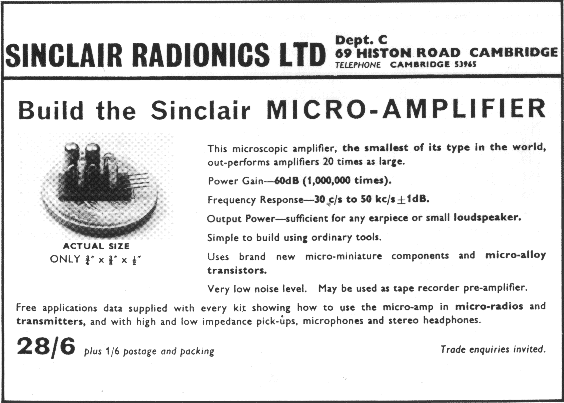
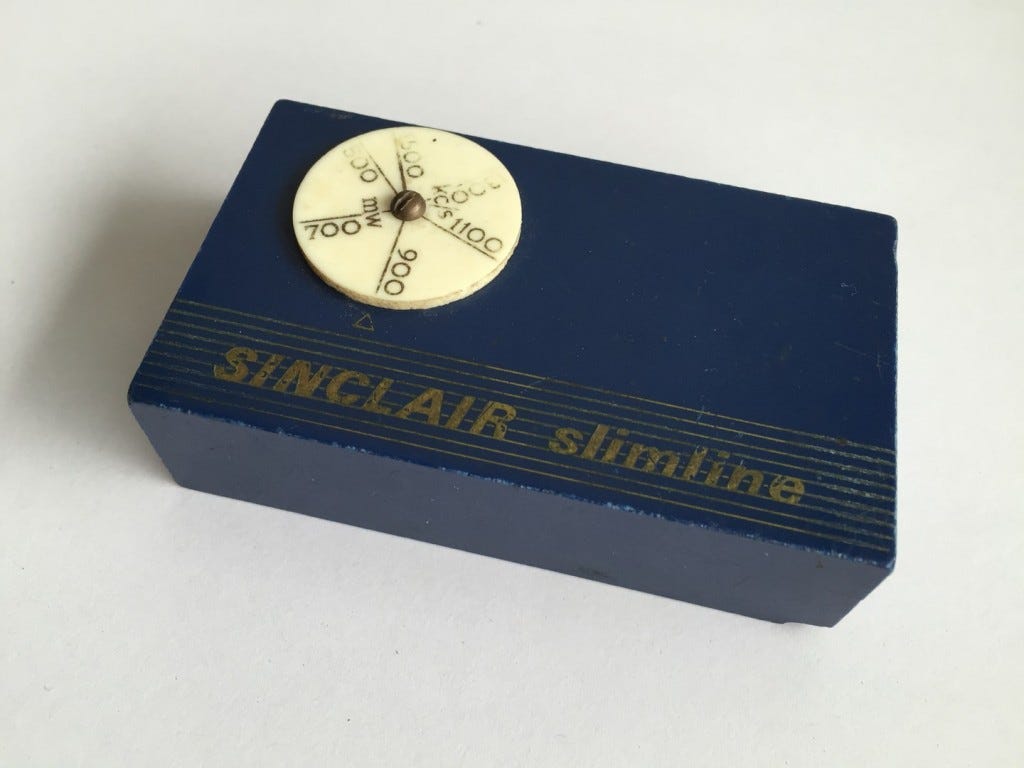
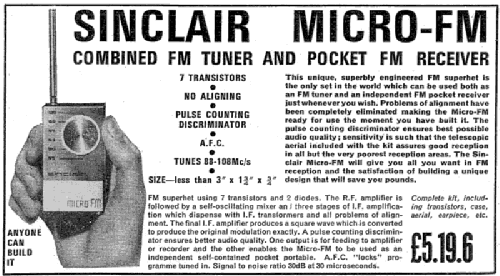
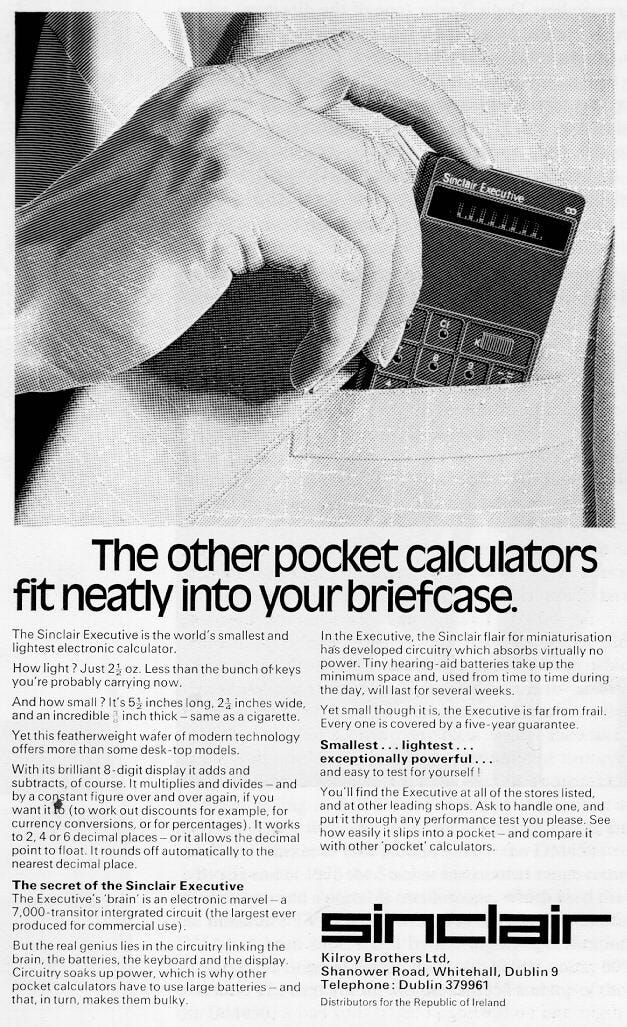
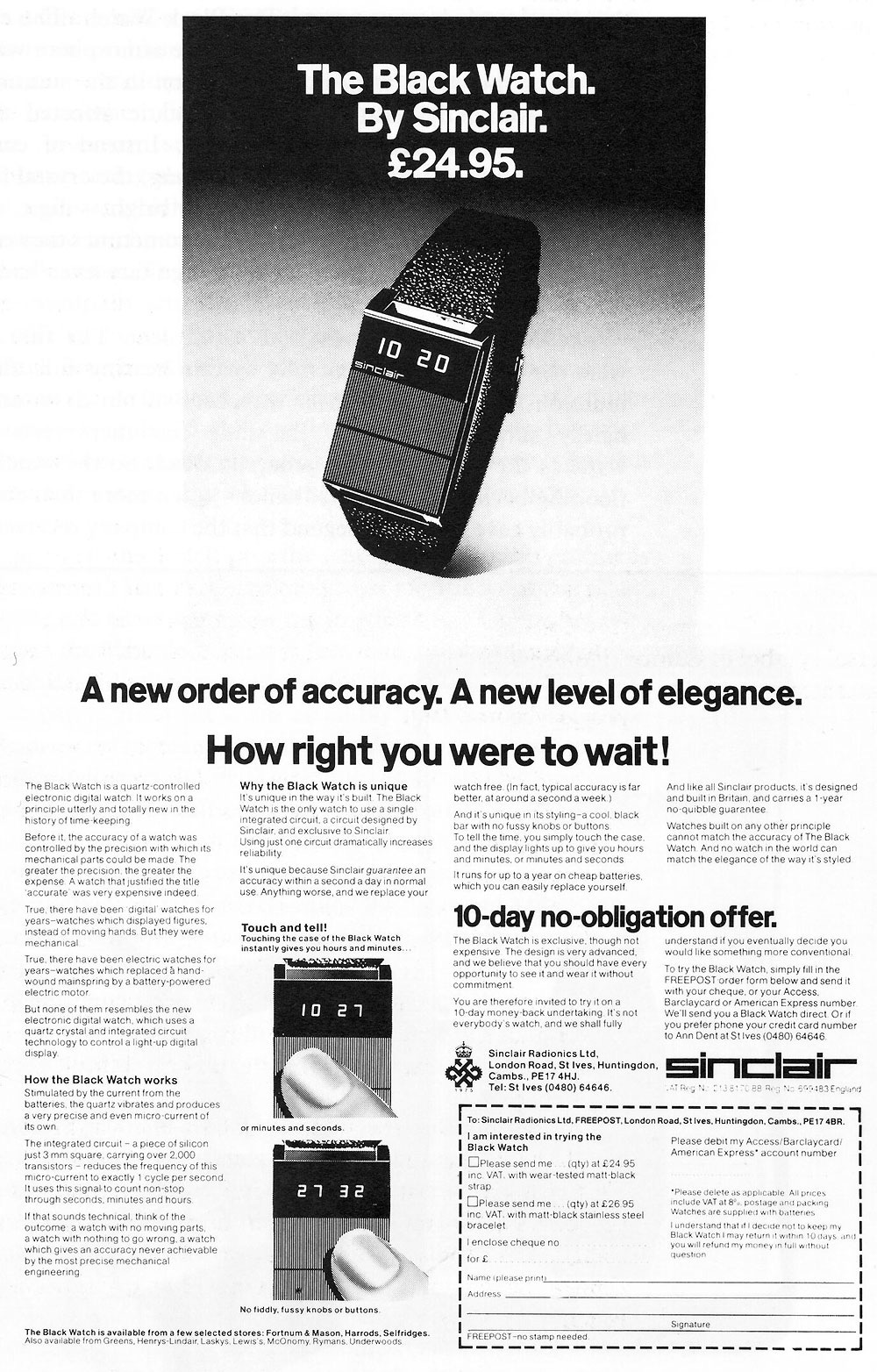
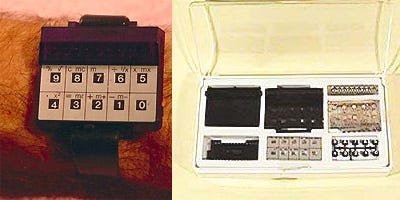
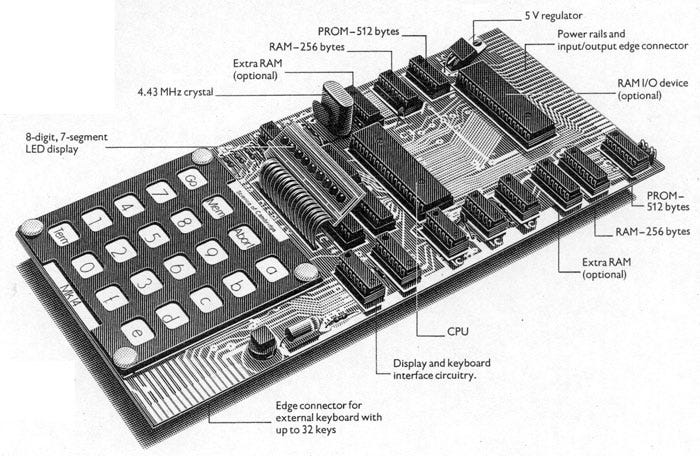
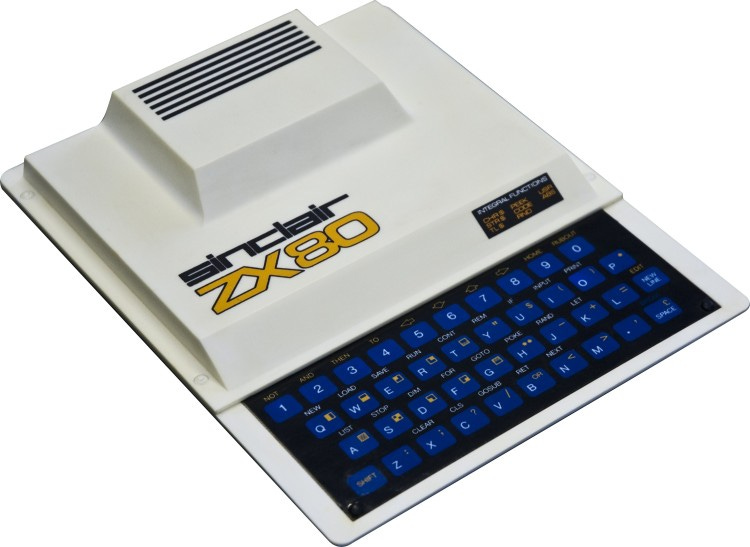
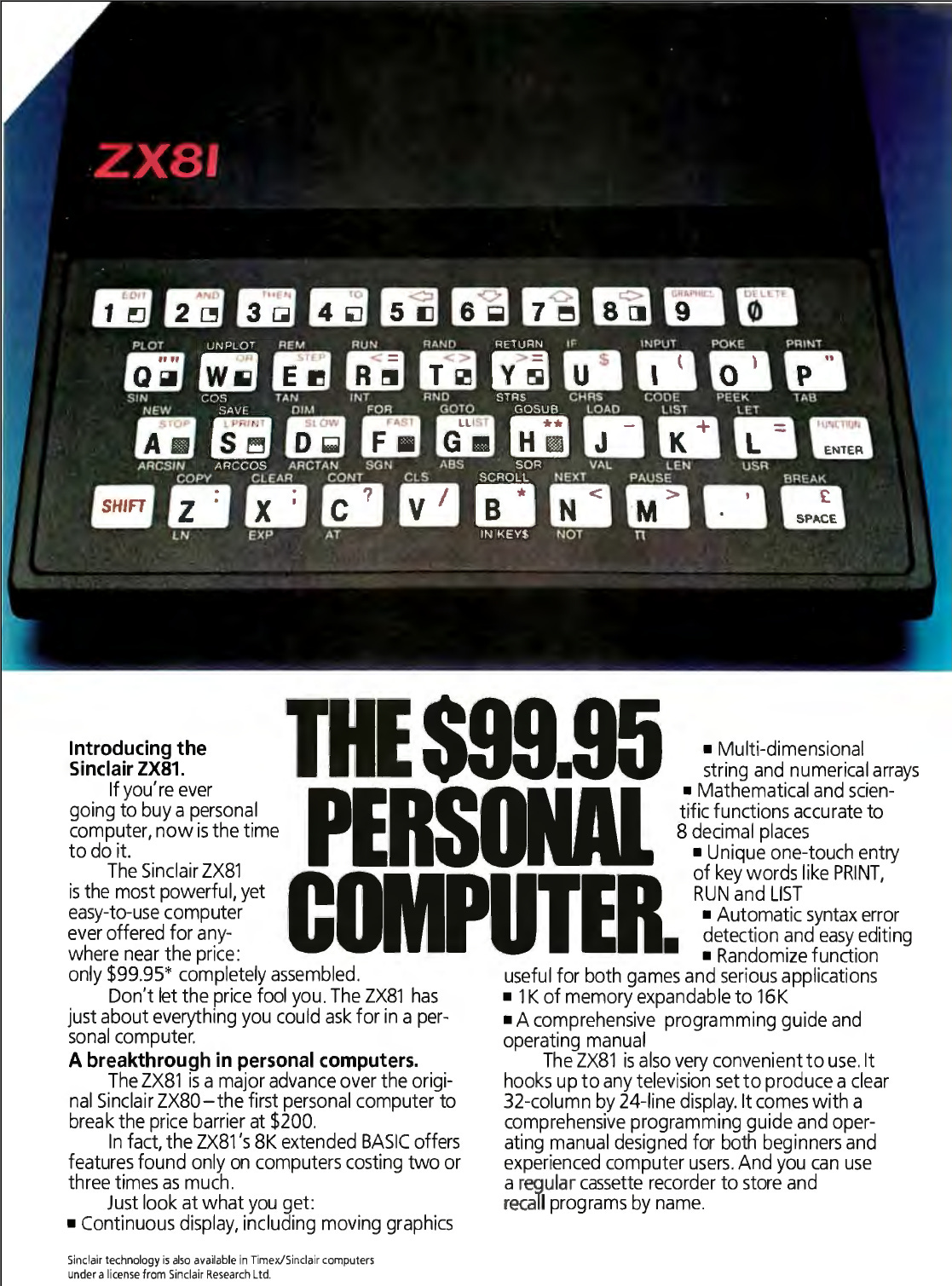
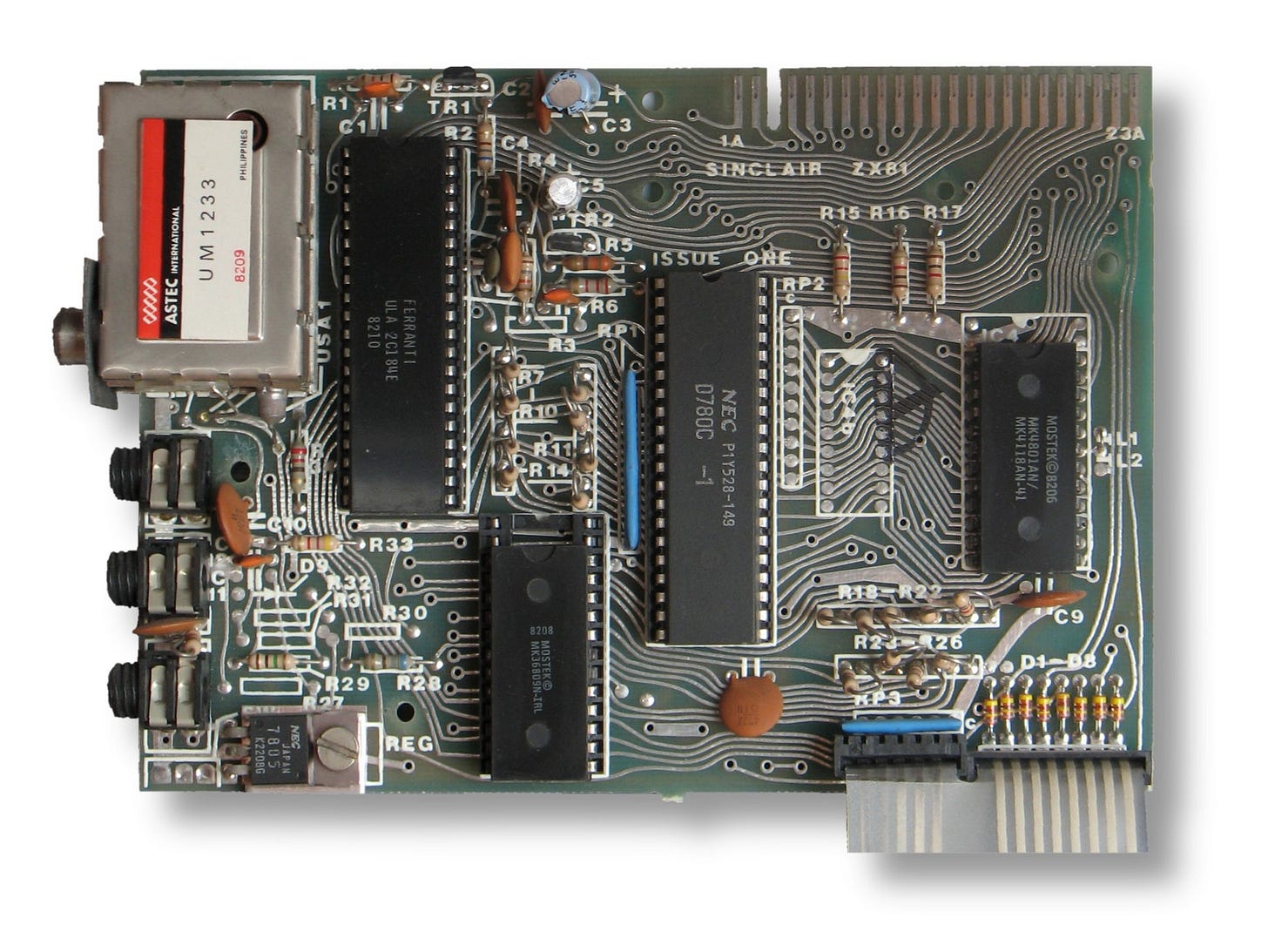
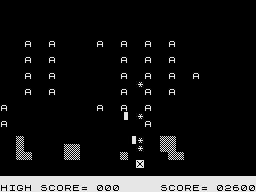
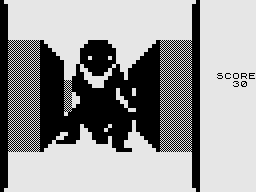
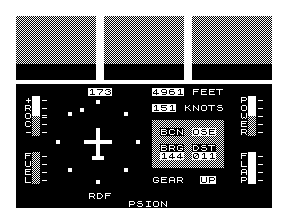
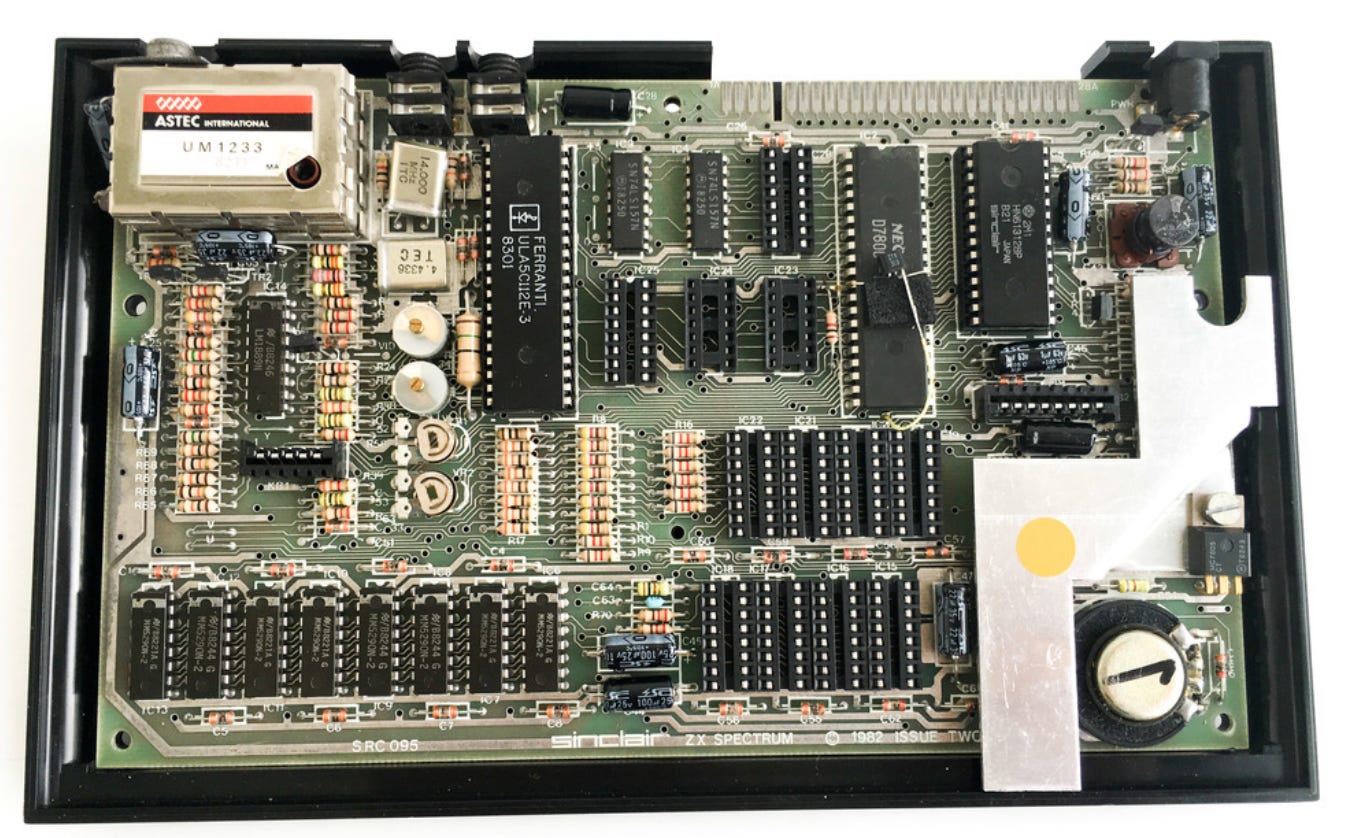
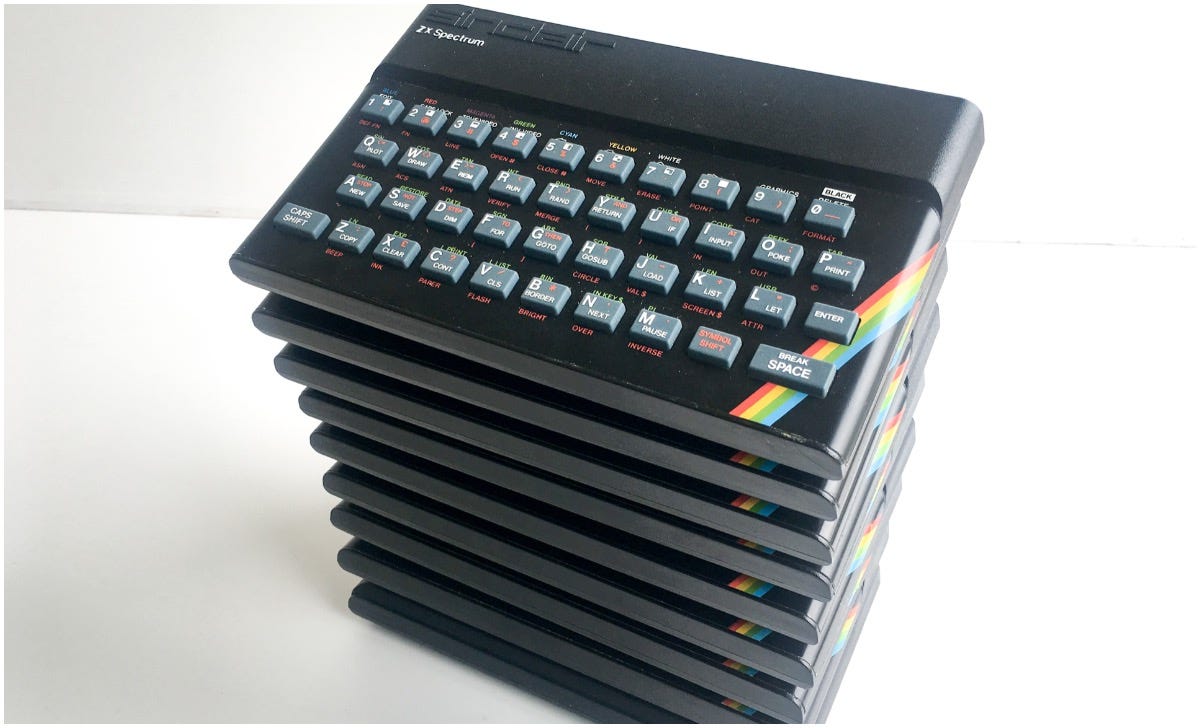
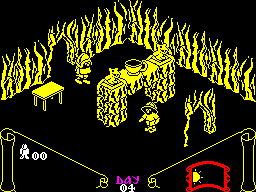
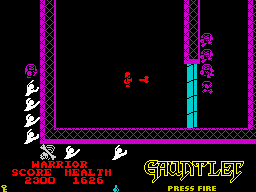
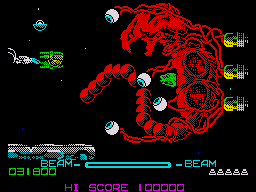
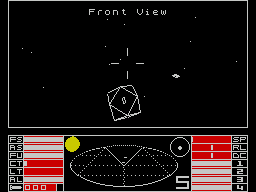
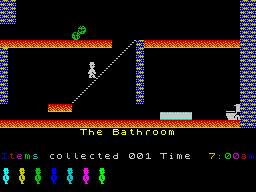
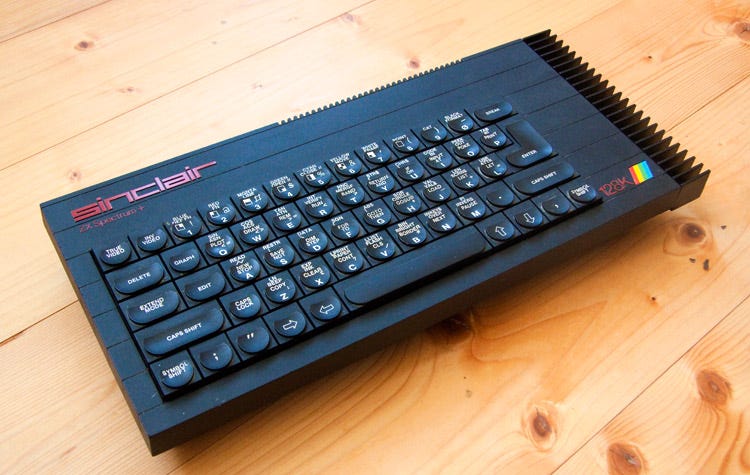
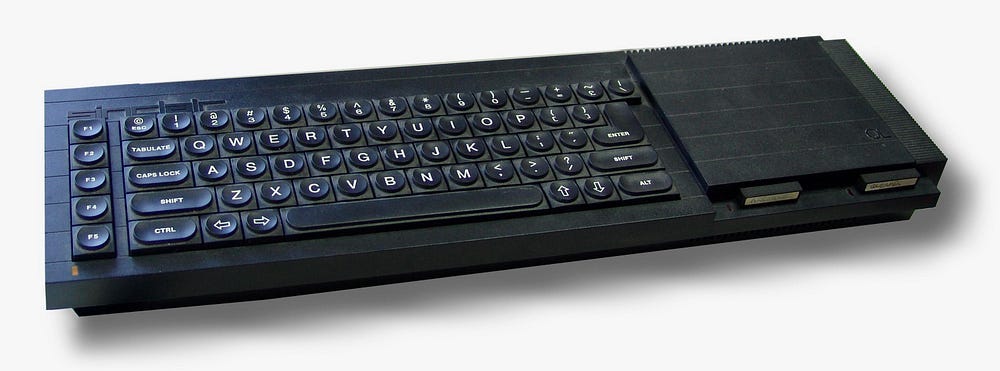
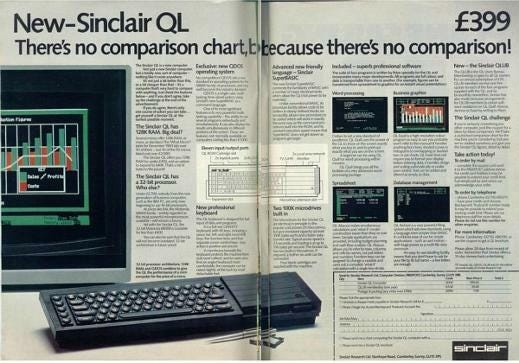
I think the impact in the USA is not from the computers themselves, but how Sinclair produced computers at a low price. This was an inspiration for Jack Tramiel at Commodore and later at Atari: "Computers for the masses, not the classes", "Power without the price"